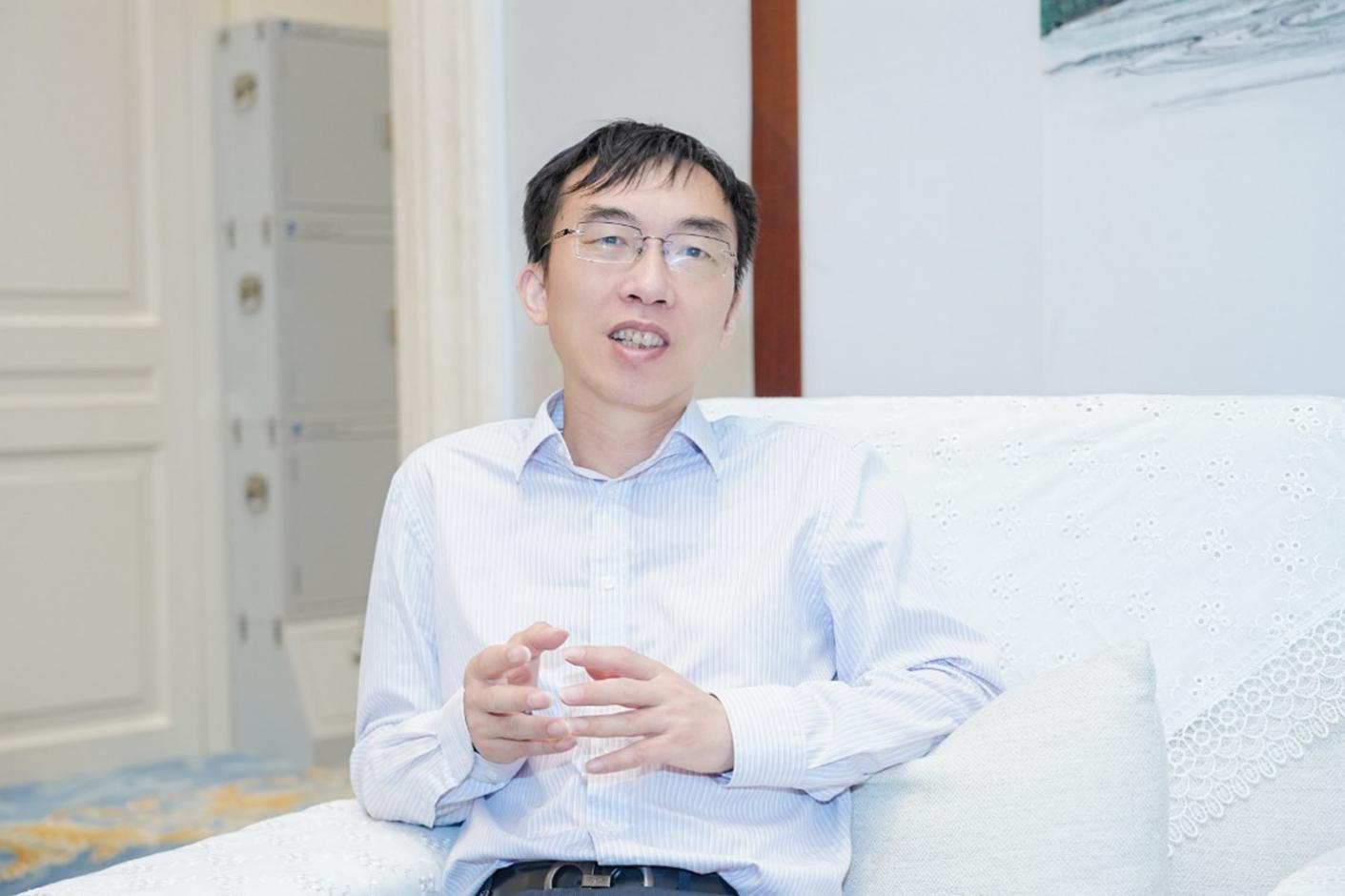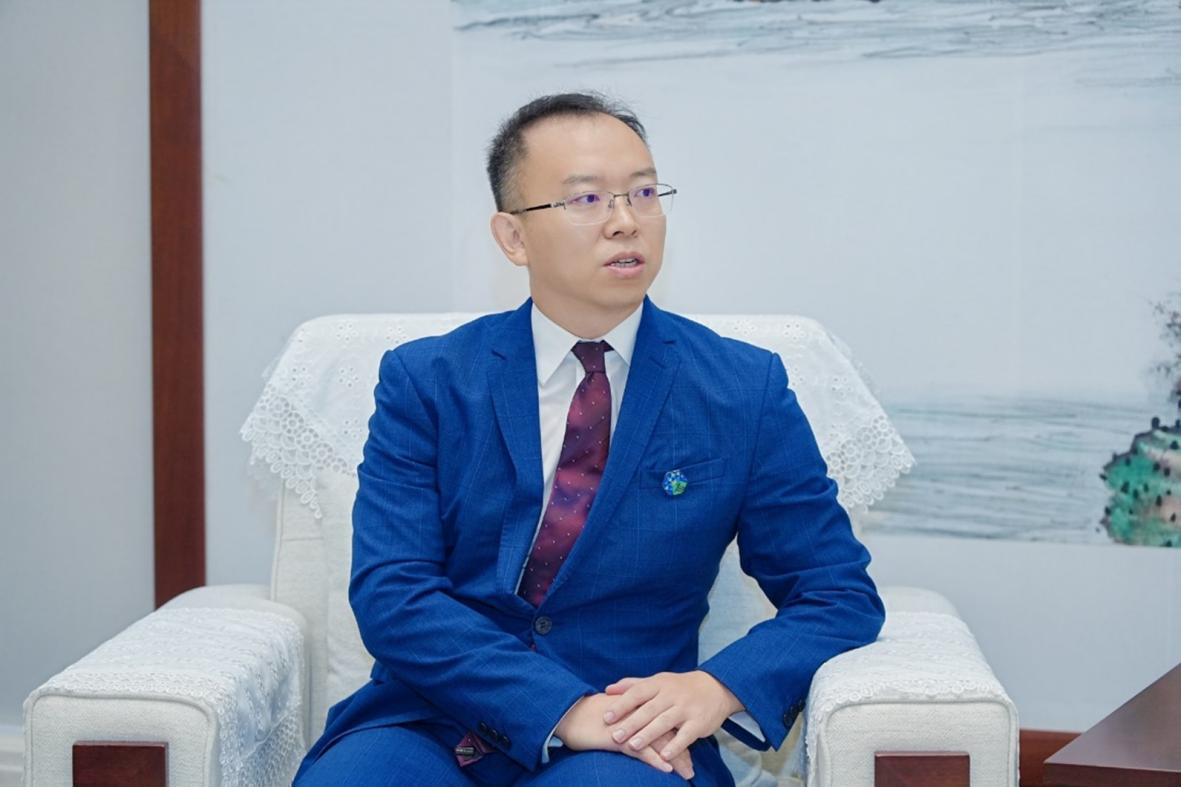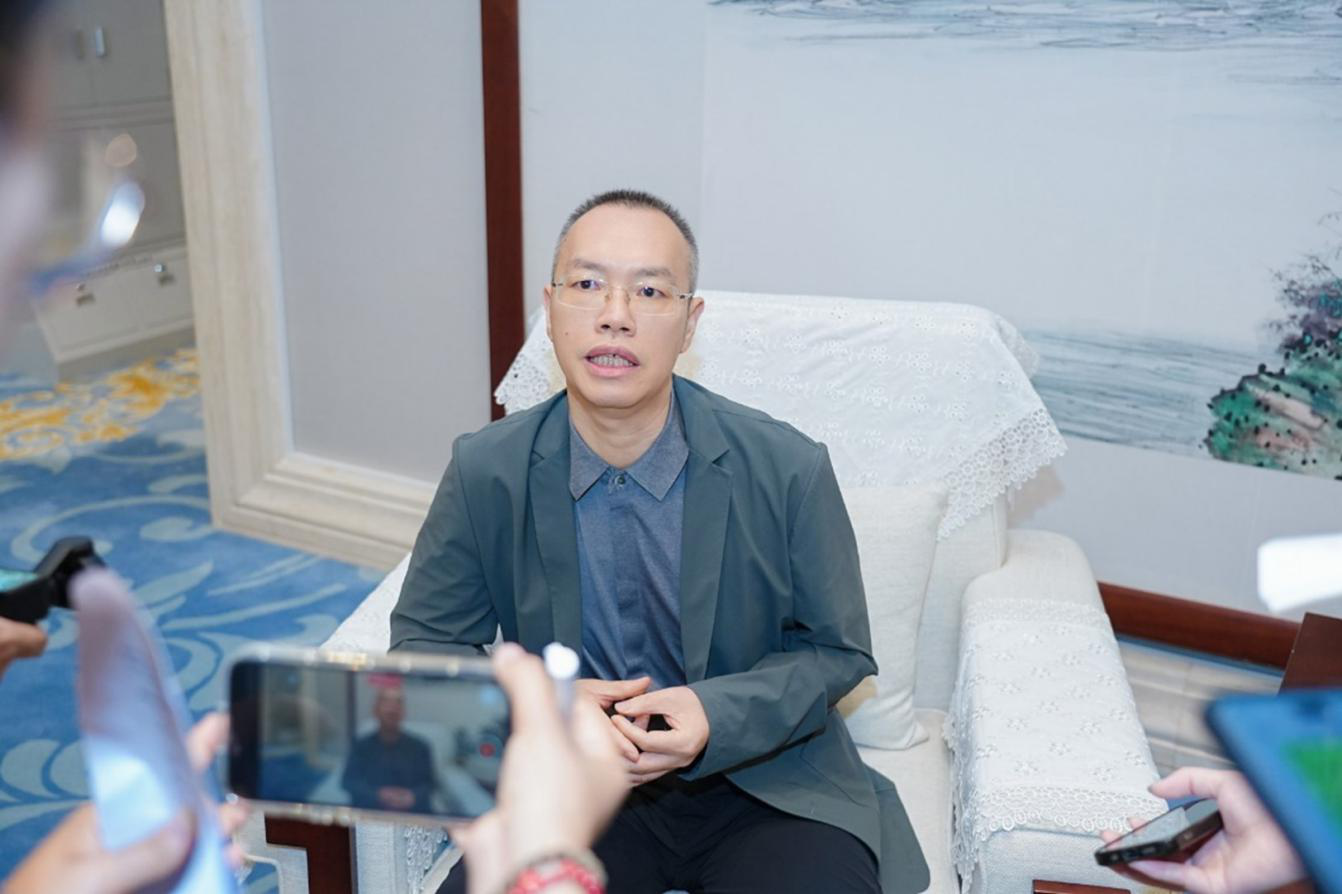From Theoretical Foundations to Application Exploration: The Industrialization of "Tetrahedral Framework Nucleic Acids" in Progress
2024-07-14
The tetrahedral framework nucleic acid is a nucleic acid molecule developed based on DNA origami technology. It is formed by four single-stranded DNAs through denaturation and renaturation, with complementary base pairing between strands, creating a tetrahedral framework structure. It has specific sequences, specific scales, specific spatial conformations, and specific biological characteristics. Currently, small nucleic acid drugs have broad application prospects, but there are still bottlenecks in drug delivery. The tetrahedral framework nucleic acid, with its strong cellular tissue penetration, good biocompatibility and safety, high resistance to nucleases, easy editability, strong structural stability, and efficient and rapid synthesis, may serve as an opportunity to break through these bottlenecks.
Recently, the 2024 First Tetrahedral Framework Nucleic Acid Industry Development Forum was successfully held, and the "Tetrahedral Framework Nucleic Acid Joint Engineering Center" was unveiled. The center aims to cultivate talent, conduct research on tetrahedral framework nucleic acids, and create an innovative pharmaceutical industry cluster. It is co-established by the People’s Government of Jinniu District in Chengdu, the State Key Laboratory of Oral Diseases, and Yunhai Tetrahedral Biotech Co., Ltd. (hereinafter referred to as "Yunhai Biotech").
At the event, 36Kr engaged in discussions with Chunhai Fan, Academician of the Chinese Academy of Sciences and Dean of the School of Chemistry and Chemical Engineering at Shanghai Jiao Tong University; Professor Yunfeng Lin, Deputy Secretary of the Party Committee of West China School of Stomatology, Sichuan University, and Deputy Director of the State Key Laboratory of Oral Diseases; Professor Xiaoyan Ding of Zhongshan Ophthalmic Center, Sun Yat-sen University; and Professor Delun Luo, President of Yunhai Biotech and Chengdu University of Traditional Chinese Medicine, to learn about the research and development process of tetrahedral framework nucleic acids, their application prospects, industrialization progress, and the development plans of Yunhai Biotech, the platform for managing and operating tetrahedral framework nucleic acid patents.
36Kr: Tetrahedral framework nucleic acids are involved in the drug delivery process. How should we understand this process? What is the current state of industrialization?

Academician Chunhai Fan: Nucleic acids themselves are a type of drug, and traditionally, they needed to be delivered into cells using liposomes or other delivery vehicles. Currently, the tetrahedral framework nucleic acid essentially integrates the nucleic acid drug with the delivery vehicle, making it both the carrier and the drug, which is its most distinctive feature. In 2006, DNA origami was proposed internationally. The emergence of this technology theoretically meant that DNA could be shaped into any one-dimensional, two-dimensional, or three-dimensional figure. At that time, my team and I used this technology to construct asymmetric patterns, and then moved beyond shape to functional applications. I proposed the concept of "framework nucleic acids," and today’s tetrahedral framework nucleic acid is an important component of this concept.
The journey from basic research to application is a long one, and I have been engaged in basic research for many years. Now, I am working with a professional team to advance the industrialization process. The involvement of basic researchers, clinical doctors, and pharmaceutical companies reflects both interdisciplinarity and professionalism. So far, the progress has been good; at least, the preliminary results have made us all very excited and hopeful. The future application could change the fate of many people. Drug development is a long-term process, and it is expected that we will enter Phase I clinical trials this year, and then proceed step by step through Phases II, III, and IV.
36Kr: Will the "Tetrahedral Framework Nucleic Acid Joint Center" become a representative case of technology transfer? In practical medical scenarios, what are the most realistic and near-term directions for the "Tetrahedral Framework Nucleic Acid"?

Professor Yunfeng Lin
Professor Yunfeng Lin: The engineering center differs from previous laboratory research by taking an engineering approach, moving the technology from the basic research stage to clinical application. In fact, we have now fully overcome the technical processes for the production of tetrahedral framework nucleic acids, and we are very confident about the upcoming pilot production stage. We began researching tetrahedral framework nucleic acid technology in 2013 and started clinical translation and application efforts in 2019. After more than ten years of basic research and nearly five years of clinical translation, the entire system has now reached a relatively mature stage. I believe we are leading a new nucleic acid drug delivery solution on an international scale, potentially addressing the "chokepoint" issues in this field for our country. In terms of patent protection, we have already secured over a hundred domestic and international patents, which may form an independent knowledge system. Our aim is to set global technical standards and application plans in this field in the future, with us leading this industry and shaping the development of the entire field.
In practical medical scenarios, the first focus is ophthalmology, specifically age-related macular degeneration. Through years of close collaboration with well-known ophthalmic hospitals in China, we have already proven that the gene therapy delivery method using tetrahedral framework nucleic acids in animal experiments surpasses the therapeutic effects of "the king of ophthalmology—Aflibercept." The second focus is ALS (amyotrophic lateral sclerosis). We have close collaboration with the team led by Lei Cai, and we hope to enter human trials within this year, ultimately providing a new treatment option for the 500,000 ALS patients worldwide. The third focus is skin damage repair and non-pharmaceutical fields. We have over five years of collaboration with Chuangjian Medical, and tetrahedral-related medical beauty products are expected to enter the market this year. Another important direction is reducing the production costs of tetrahedral framework nucleic acids. Through collaboration with Chuangjian Medical, we aim to reduce the cost per gram to 3,000–5,000 yuan, striving for greater output and lower costs to benefit more patients.
36Kr: Why is ophthalmology the preferred direction for the application of tetrahedral framework nucleic acids? In the field of ophthalmology, considering treatment methods and effectiveness, what is the significance of applying new drugs based on tetrahedral framework nucleic acids? Why is it said that they will surpass Aflibercept?

Professor Xiaoyan Ding
Professor Xiaoyan Ding: The teams led by Academician Chunhai Fan, Professor Chengde Mao, and Professor Yunfeng Lin have already conducted extensive basic and clinical research, and we discovered that tetrahedral framework nucleic acids possess very strong functionalities. After repeated consideration and analysis, we found that applying this technology to retinal diseases is more meaningful and quicker to implement. Ophthalmology offers several favorable conditions for the development and implementation of new drugs. First, the importance of the eyes in the human body is very high, and public attention to eye health is also significant. Second, the eyes are a self-contained system, and while systemic medications can affect various bodily systems in unpredictable ways, eye-specific medications do not enter the bloodstream, thus avoiding systemic effects. This also means fewer projects are involved in the development phase. Third, the required dosage is small—since the volume of the eye is only about 4.5 milliliters, the dosage needed for the eyes is only a thousandth of that for systemic treatment.
Next, we chose "retinal neovascular diseases" as a major category, which has a very high incidence rate. This condition can affect people of all ages, from infants to young adults to the elderly, and encompasses many specific diseases. Twenty years ago, there were no medications available for this. Currently, we use "anti-VEGF therapy," where the drug is injected directly into the eye, but its effects only last for 1-2 months, requiring repeated treatments. For example, a patient may develop eye disease due to diabetes, and because the diabetes persists, the eye disease cannot be cured. I have been treating some patients for 16 years, and each of their eyes has received over a hundred injections, making the treatment process long and painful. Preliminary evidence has shown that the tetrahedral framework nucleic acid drug we are developing can be made into eye drops, allowing it to enter the eye and reach the retina. This means that we would only need to administer a strong initial injection to quickly control the condition, and subsequent maintenance could be done with eye drops, eliminating the need for monthly injections. Of course, there are still many challenges and checkpoints we need to overcome, but this is our hopeful vision.
36Kr: Tetrahedral framework nucleic acids have both therapeutic applications and more commercially-driven paths, such as in medical aesthetics and hair loss treatments. Professor Luo, as the president of Yunhai Biotech, how do you assess the challenges and revenue potential of these two directions? How is the "Tetrahedral Framework Nucleic Acid Joint Engineering Center" currently operating, and what is the future vision for a "world-class nucleic acid drug industrial park"?

Professor Delun Luo
Professor Delun Luo: Developing an innovative drug takes 8-10 years to bring to market, but a company cannot rely solely on investment and financing for so many years. Therefore, from the beginning, we decided on a "two-pronged approach" to ensure survival and generate revenue. For example, hair loss has significant market demand, but it also poses challenges. We expect that within about a year and a half, we will be able to launch an effective product for hair loss, obtain regulatory approval, bring it to market, and start generating revenue. In terms of drug development, we have chosen directions that are more universally applicable and have higher success rates, such as ophthalmology and osteoarthritis. At the same time, we are also attempting to tackle global challenges like ALS, Parkinson's, and Alzheimer's. Our strategy is to quickly bring products to market for revenue while also aiming to conquer scientific peaks.
Currently, the "Tetrahedral Framework Nucleic Acid Joint Engineering Center" is guided by four academicians and academicians-in-residence: Academician Chunhai Fan, Academician Songling Wang, Foreign Academician Itamar Willner, and Professor Xuedong Zhou, along with a group of clinical experts like Professors Xiaoyan Ding, Quanyi Guo, and Shihui Zhu. The team includes 15 postdoctoral researchers and 32 Ph.D. candidates. We have established a headquarters base, a formulation base, a proof-of-concept center ("Sichuan University-Yunhai Biotech Joint Laboratory"), and are building a pilot production base supported by the National Precision Medicine Industry Innovation Center, along with an API production base in China’s Dental Valley. We assist traditional generic drug companies in transitioning from imitation to innovation, help mature pharmaceutical companies achieve secondary growth, and use tetrahedral framework nucleic acid technology to rescue projects that failed in Phase III clinical trials and assist them in transitioning from research to production. We bring together scientists, clinical experts, and industry experts to spark breakthroughs, while also cultivating new talent in the nucleic acid industry, guiding the next generation of Ph.D. students towards research that can be applied and utilized.
Looking to the future, we hope to change the investment attraction model. Instead of building infrastructure to attract companies, we aim to attract enterprises through our leading technology. For example, our partner Chuangjian Medical has already expressed interest in establishing a production line for tetrahedral framework nucleic acid raw materials in Jinniu District. We aspire to gather high-caliber talent, hold leading technology, produce advanced products, and even help incubate companies, with the results materializing in Jinniu District. This will attract more participants, ultimately creating a world-class nucleic acid drug industrial park.
This article was originally produced by Xiaoxin Wang and republished from 36Kr.


